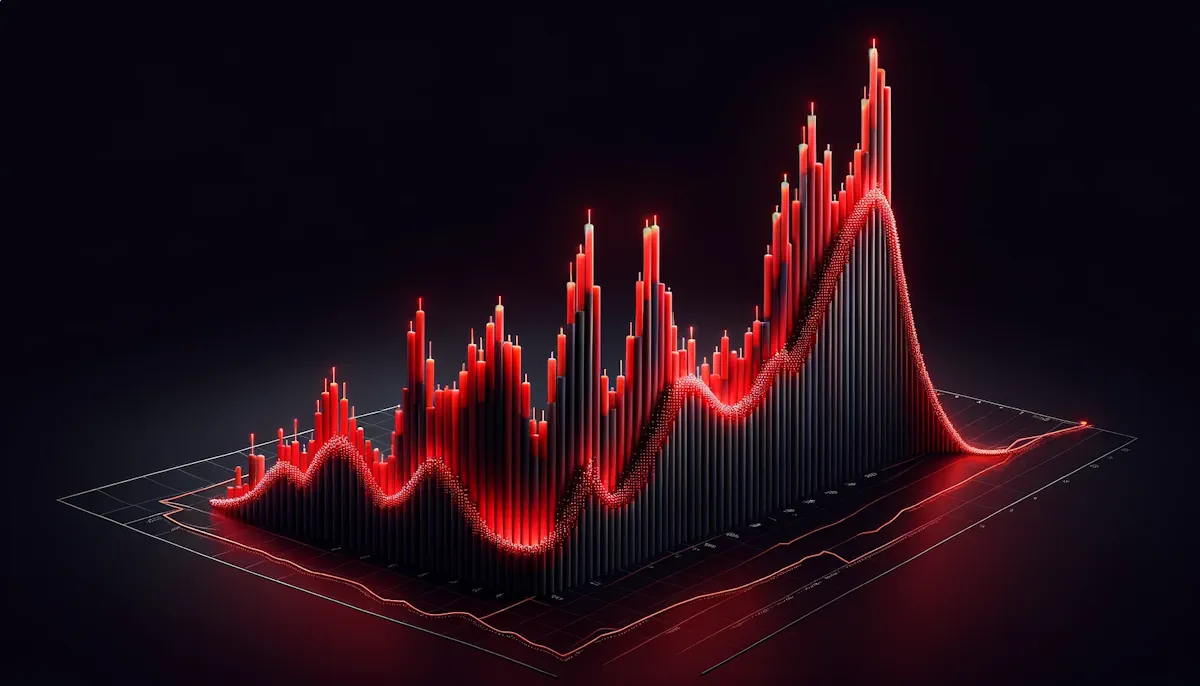In the fast-paced world of trading, CFD contracts, or Contract for Differences, have emerged as a popular instrument among traders. This article delves into the world of CFDs, using trader's lexicon and jargon to provide an authentic understanding of what they are and how they operate.
What is a CFD?
At its core, a CFD is a derivative financial instrument that allows traders to speculate on the rising or falling prices of fast-moving global financial markets. This includes stocks, indices, commodities, currencies, and treasuries. Unlike traditional trading, when you trade a Contract for Differences, you don't own the underlying asset; instead, you trade on the price movement of that asset.
Going Long vs. Going Short
Traders often talk about 'going long' or 'going short'. In CFD terminology, going long means buying a CFD in the expectation that the underlying asset will increase in value. Conversely, going short means selling a Contract for Differences with the anticipation that the asset will drop in value. This flexibility to bet on both rising and falling markets is a distinctive feature of CFD trading.
Leverage and Margin
Leverage is a critical concept in CFD trading. It allows traders to gain a large exposure to a financial market while only tying up a relatively small amount of their capital. Essentially, leverage magnifies both profits and losses. Margin, on the other hand, is the amount of capital required in your account to open a position. It's like a good faith deposit to cover any potential losses from a leveraged trade.

Spread
Spread, a term often bandied about in trading pits, refers to the difference between the buy (ask) and sell (bid) price of a Contract for Differences. Tighter spreads generally indicate lower trading costs, making them a vital consideration for traders.
Rollover and Swap Rates
Rollover, or swap rates, come into play in CFD trading when a position is held open overnight. This rate is essentially the cost or gain of holding a position and is tied to the interest rate differentials of the underlying asset's currency.
Risk Management
In the high-stakes world of Contract for Differences trading, risk management is paramount. This involves setting stop-loss and take-profit orders to manage potential losses and lock in profits. Remember, the volatile nature of CFDs means that losses can exceed deposits, making risk management strategies essential.

Conclusion
Contract for Differences trading is a complex world, rich with opportunities yet fraught with risks. Understanding the jargon and intricacies of this instrument is crucial for any trader looking to navigate the turbulent waters of financial markets. Always remember, in the world of CFDs, knowledge and caution are your best allies.


Do you want to improve your trading results?
Choose the best broker for trading!


